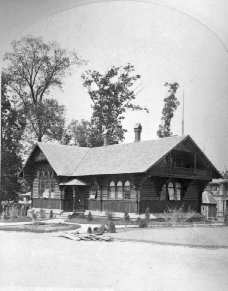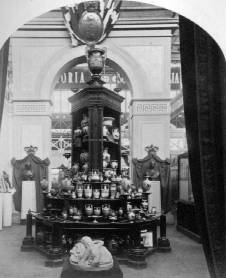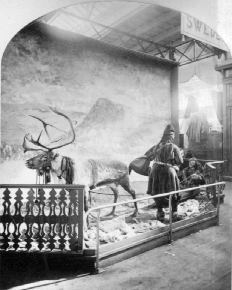It was a celebration of hundred years of American cultural and industrial development. 37 countries participated, and over 250 different departments showcased international exhibitions of all kinds.
Sweden participates with many exhibitions, among others a school house, built with Baltic fur (see picture on the left). It was built in Sweden and shipped to Philadelphia in sections. No paint was used on the house, instead you can see the natural colour everywhere, fresh and polished.
The building is a replica of the public schools, and contained the same furniture used in them, together with other teaching materials. Samples of text books and reference materials were shown.
Methods of teaching and the knowledge of the technical schools were also on display.


